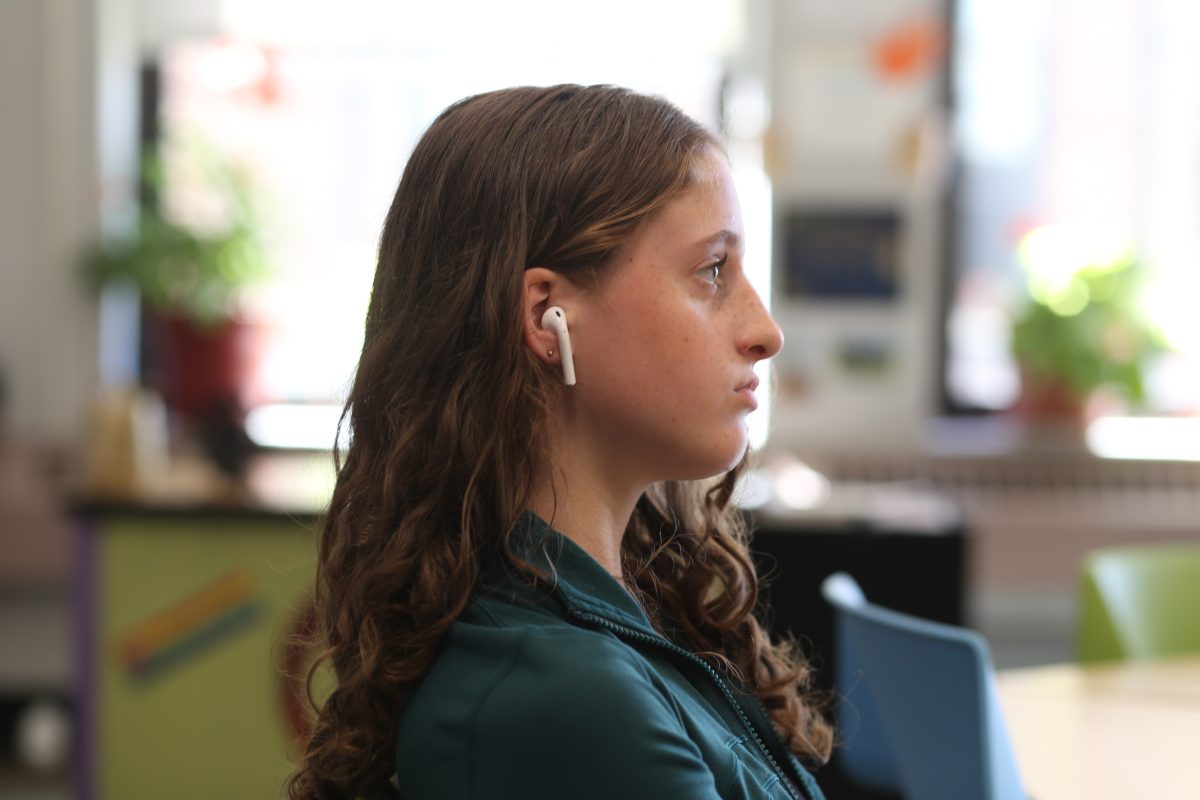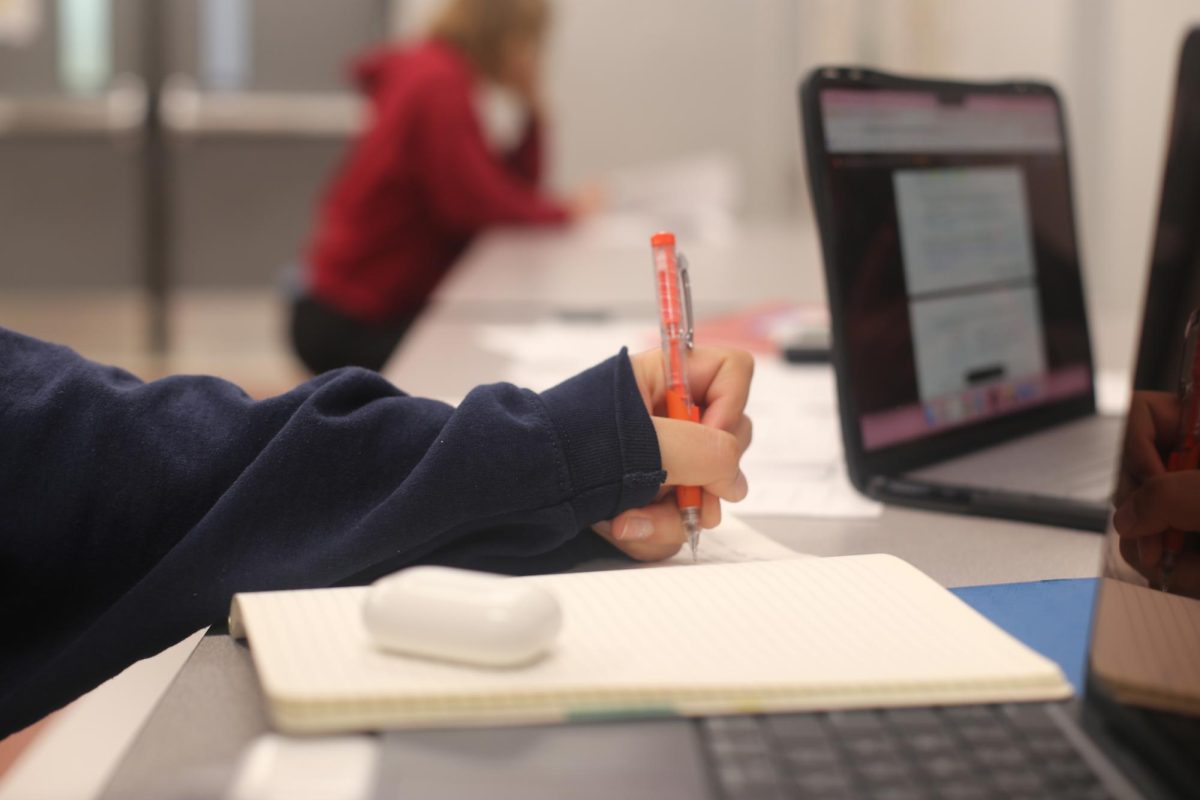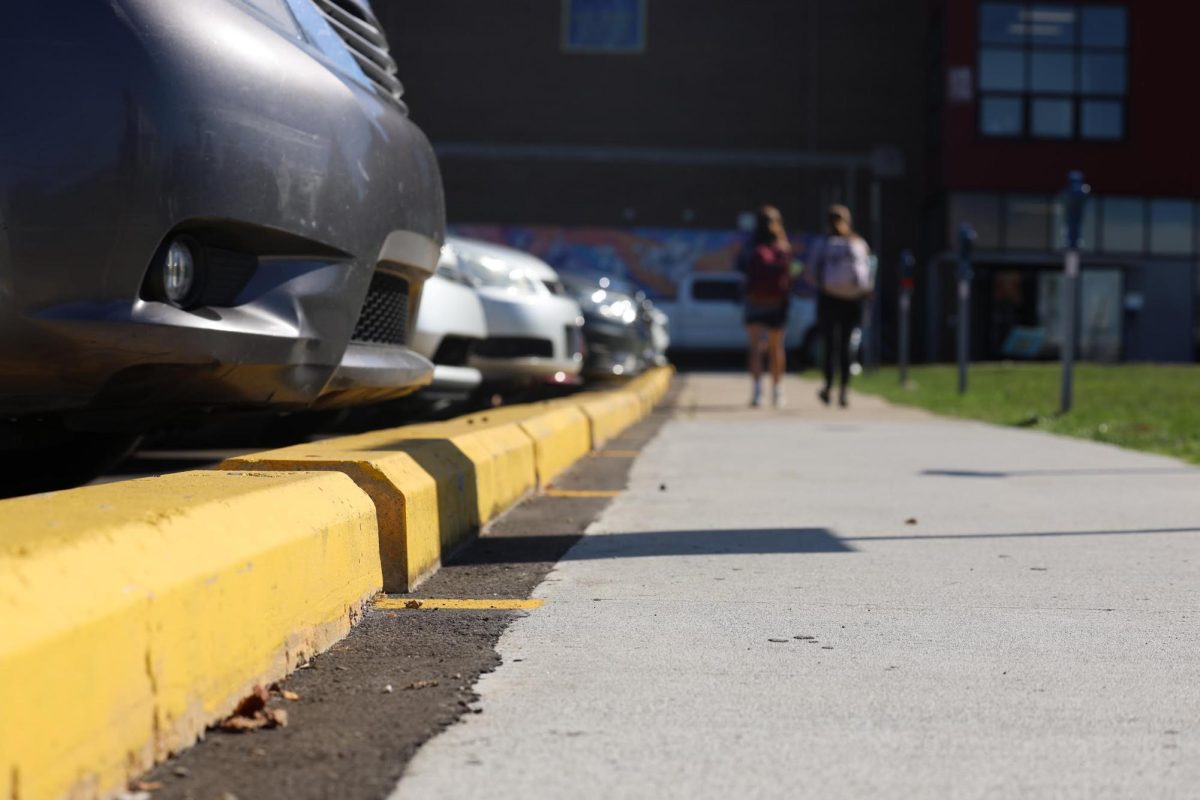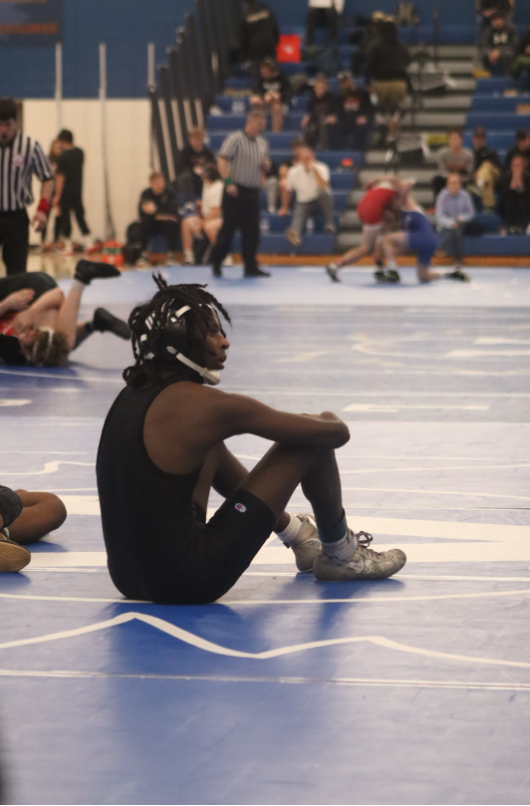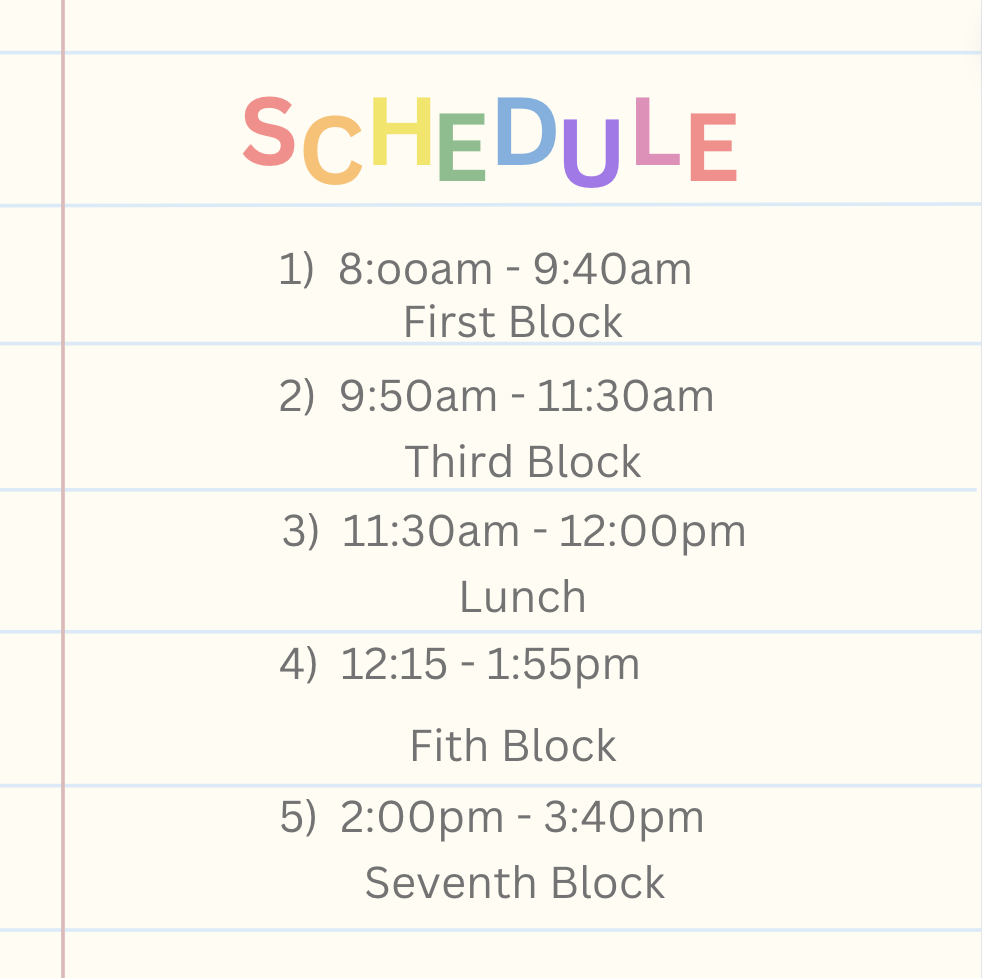In the majority of my classes, any given classmate will likely have at least one headphone in their ear. Whether that’s an AirPod, another type of wireless or wired earbud, or even traditional over-the-ear headphones, this has become the norm at school.
“I get bored in class and being able to listen to music kind of motivates me to go,” CHS Freshman Willa Darling said.
I have no doubt that, like Darling, many students would struggle to come to class without the ability to keep that one earbud in. But is this an issue we created ourselves? And is this new norm ruining the atmosphere of school?
“In class today I asked a student a question, they couldn’t answer the question because they had headphones on and weren’t paying attention.” Down said. “I do see grades going down when students wear their headphones at inappropriate times. I think it’s been an issue since we returned from Covid. There wasn’t a lot of headphone-wearing prior to Covid, but Covid caused a lot of bad habits because we were on Zoom so how was the teacher to know if you were even in the room?”
This leads me to wonder, is removing headphones from class the ultimate step to returning to how school was before COVID-19? I believe that many students don’t really feel like school is the same as it was before the Covid outbreak caused schools to close for years. Maybe this is because everybody grew up, and inevitably things change with age. But I believe that the use of headphones relates to it.
This leads to the next consequence of wearing headphones in class: they don’t just take away from the students’ learning of the lesson, but also disrupt the interactions and communication between students. Sometimes I’m not sure if I should start talking to someone or ask them a question because they’re already focusing on something else. Although the headphones are so small, it sends such a powerful message to me that they probably don’t want to interact or have a conversation. The Journal of Educational Psychology published a study titled “How effective is peer interaction in facilitating learning? A meta-analysis,” online in December of 2019. The study examined over 7,000 participants from ages four to 18 and gathered that “Peer interaction was effective in promoting learning in comparison with other types of learning conditions.” With headphones reducing the communication between students, it also reduces their ability to learn from and guide one another. Further from just diminishing from learning, the social aspect is such a huge part of school, and if students can click shuffle on their Spotify playlist and not have to deal with talking to their classmates, how is our generation and future generations ever going to gather essential social skills?
The use of headphones raises an additional concern for Down: cheating. “They can pull something up on their phone and be able to hear it through their headphones, so how do we know they’re not cheating?” Down said.
To me, the true effects of the seemingly innocent act of wearing that one earbud in class are completely overlooked. Students don’t realize the message they are sending to their teachers and classmates and that they are potentially jeopardizing their future and the social skills and interaction they could be gaining at school. Maybe it’s time to turn the school back to what it used to be and disconnect our headphones.



